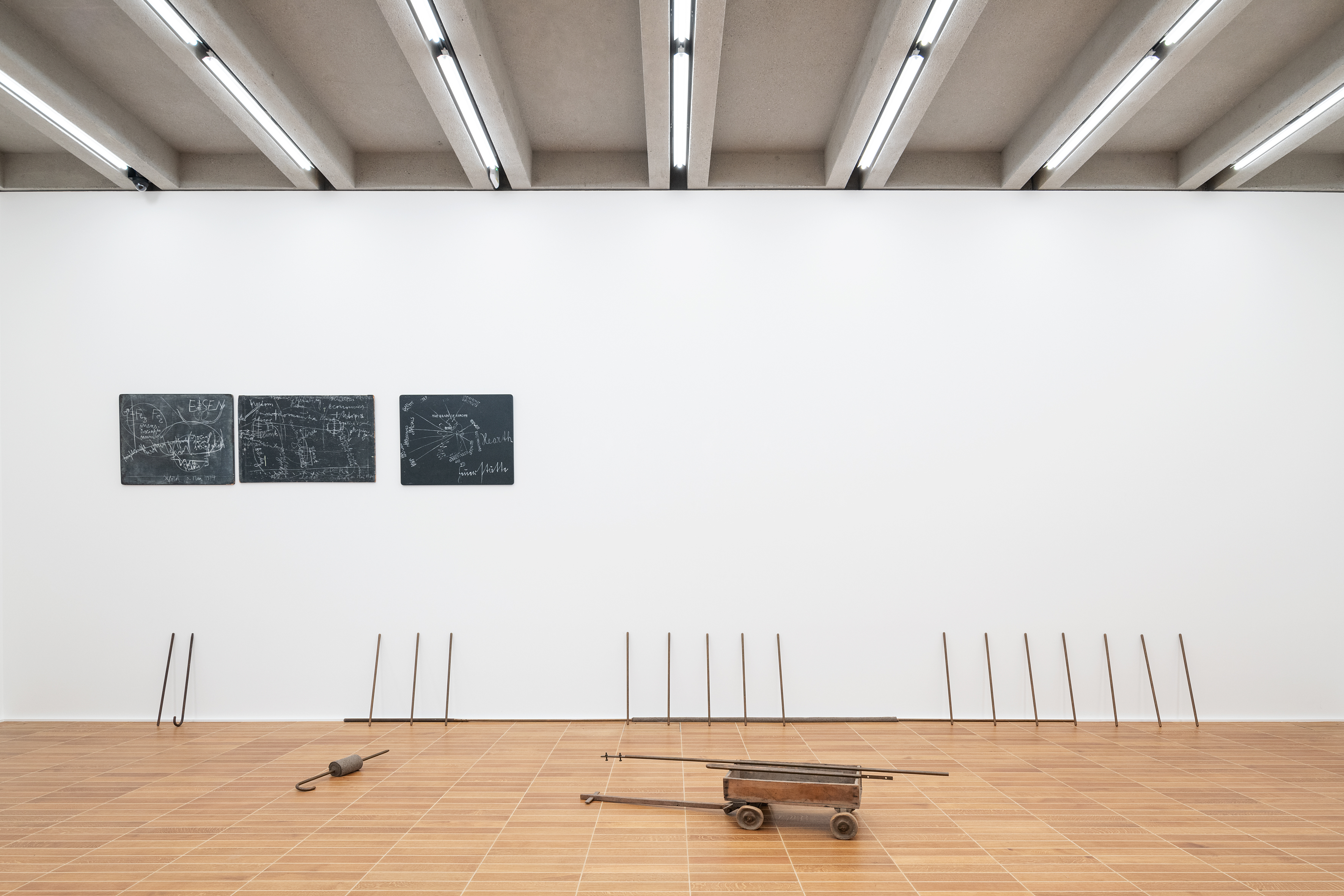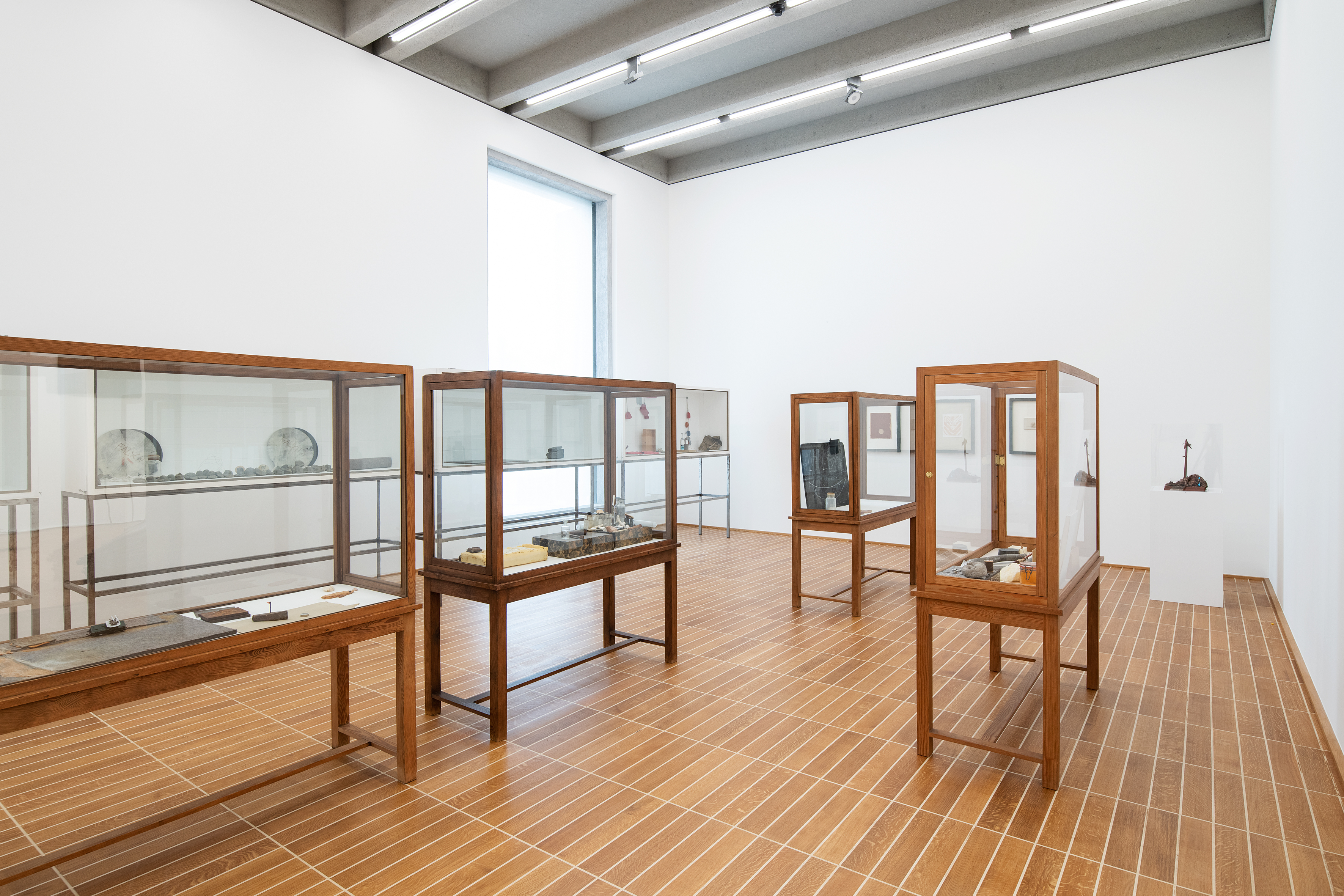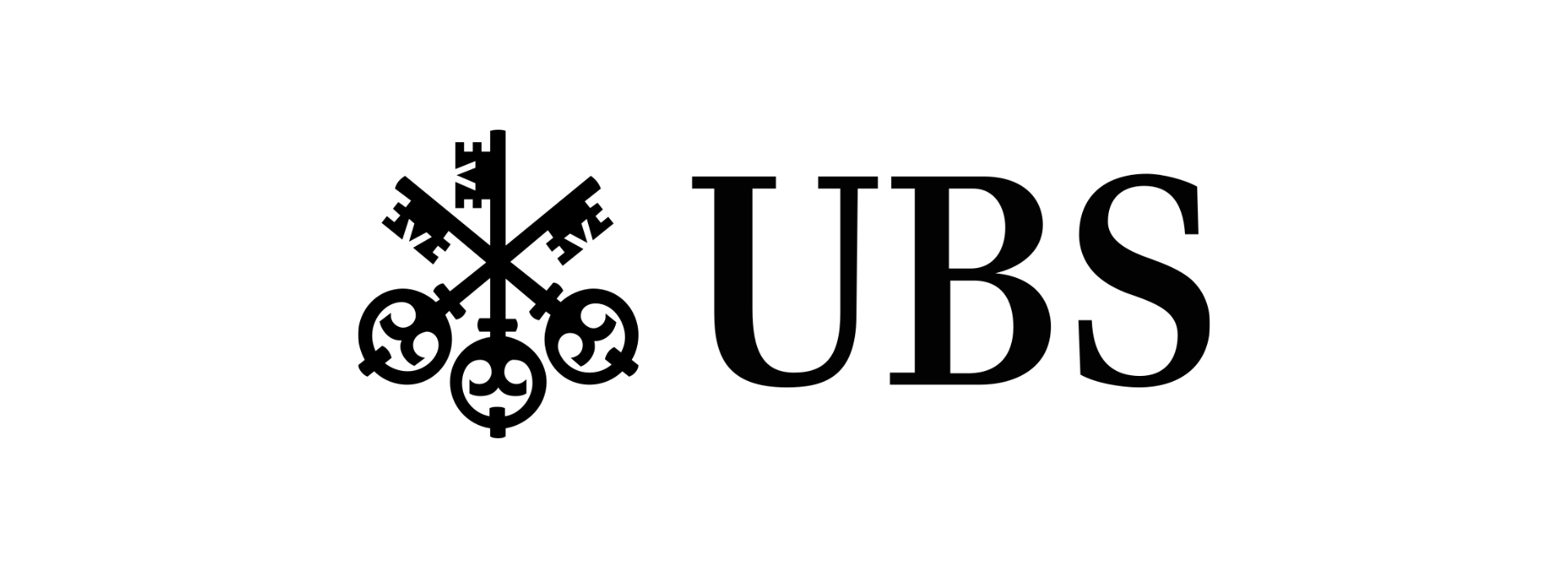Joseph Beuys
Collection presentation

Joseph Beuys, THE HEARTH (Feuerstätte), 1968-1974, Kunstmuseum Basel, ©2021, ProLitteris, Zurich, Foto: Jonas Hänggi
Joseph Beuys at the Kunstmuseum Basel
In 1969, Kunstmuseum Basel showed the first solo exhibition in Switzerland by Joseph Beuys (1921–1986). In 1977, the museum acquired the piece THE HEARTH (Feuerstätte), developed 1974. Metal rods lean against three walls of the gallery, correspondingly to the prime numbers between one and eleven. Three chalk-marked blackboards form part of the exhibition. One contains the word “Hearth” beside the outline of a map of Ireland; the other two contain notes Beuys made on a talk he gave in England in 1974 in which he spoke on reorganizing society. A handcart with a disassembled copper rod and a further rod shaped like a walking stick and wrapped in felt are placed in the room. A long copper and iron rod, called “Eurasienstab” by Beuys, is placed behind the rods on the wall.
THE HEARTH (Feuerstätte) was created in a moment when Beuys convincingly succeeded in using materials to situate and bring together his artistic and political ideas in space. The chalkboard drawings and the placement of the rods evoke an assembly. Beuys uses copper, iron and felt for their physical properties, as they conduct and store warmth. He saw a similar potential in the social energy that would be necessary to jointly change political systems.
Joseph Beuys at Basel Carnival
The press and the public took note of and discussed the Kunstmuseum’s support of Joseph Beuys’s work from the late 1960s onward. The acquisition in 1977 of the installation presented here, THE HEARTH (Feuerstätte), caused particular controversy. On the one hand, people objected to the collection of materials, which they struggled to understand at first glance. To understand Beuys, one had to go beyond established, conventional ideas of art and “learn to see anew”.
On the other hand, the 300,000 Swiss francs paid for the installation was felt to be far too high a price. The Basler Fasnacht offered a means to vent about this incomprehension in an ironic manner. Two members of the Alti Richtig carnival group with an affinity for art, Jacques Herzog and Pierre de Meuron, internationally well-known architects today, invited Beuys to take an active role in the carnival in 1978. At Beuys` suggestion the clique members wore costumes made from felt that were sewn according to a model of a multiple by Beuys, supplemented with rods like those the artist made for THE HEARTH (Feuerstätte). On the occasion of the final day of carnival and a year later, the installation “Feuerstätte II” was created under the artist’s direction in its final form, comprised of a stack of felt suits and a ring assembled from the rods.
Eleven Vitrines for Basel

Joseph Beuys, 11 Vitrinen, 1949-1984, Kunstmuseum Basel, Schenkung Maja, Hans Emanuel und Melchior Oeri in dankbarer Erinnerung an Hans U. Bodenmann, früher Sammler und langjähriger Freund von Joseph Beuys, ©2021, ProLitteris, Zurich, Foto: Jonas Hänggi
These eleven vitrines by Joseph Beuys contain a multitude of small sculptures as well as objects that represent individual works and multiples by the artist, along with relics from his spectacular performances. Beuys began using vitrines as an artistic medium in the late 1960s, at a time when he was working particularly intensively to replace conventional genre distinctions of sculpture and drawings with an 'expanded' concept of art. They proved to be ideal receptacles for placing fragments of his multifaceted work into concentrated relation to one another.
This group of vitrines was first installed in this configuration as the Laboratories of the Imagination in Basel in 1998.
As an extraordinarily generous gift given in 2021, one hundred years after Beuys was born, Dr. h.c. Maja Oeri and her sons Hans Emanuel and Melchior Oeri entrusted the eleven vitrines to the Kunstmuseum Basel`s collection in memory of the artist’s early collector and long-time friend Hans U. Bodenmann.
The eleven vitrines and the Basel Beuys collection are on permanent display on the first floor of the Kunstmuseum Basel | Neubau.
